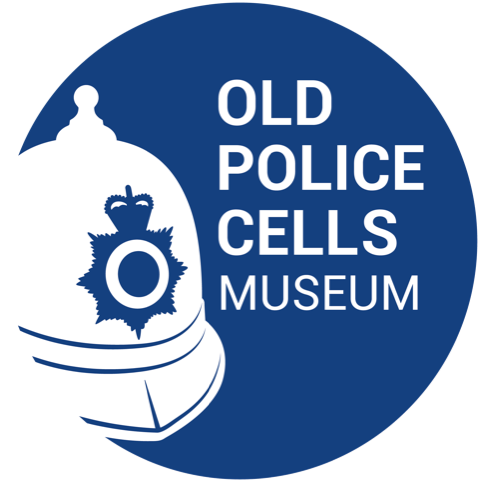Pride
Did you know…? There have been laws criminalising homosexuality since the 1500s. This timeline presents a brief history of Pride events and is from a Western perspective.
1553- The Buggery Act- Passed by Parliament during the reign of Henry VII. This was the first-time male homosexuality was targeted in law. Convictions were punishable by death.
1861- The Offences Against the Person Act- the death penalty was abolished and replaced with 10 years imprisonment.
1885- The Criminal Law Amendment Act- This made any male homosexual activity illegal (in private or not.)
1921- Lesbianism was never explicitly targeted by law. It was discussed in 1921 with a view to introducing legislation, however, both the House of Commons and the House of Lords rejected it, due to fear it would encourage homosexual behaviour.
1967- Sexual Offences Act- This decriminalised private homosexual acts between men aged over 21. (This was not passed in Scotland until 1980 and Northern Ireland in 1982.) - This only partly decriminalised ‘gay sex’ and was still prosecutable if not in strict privacy.
The Sexual Offences act did not include the Armed Forces, or the Merchant Navy and it remained a criminal offence in these institutions until 1994.
1969- The Stonewall Riots in New York. Homosexuality was illegal at this point and frequent police raids were made on gay bars. At the forefront of these riots were Black Trans Women.
1970- The Christopher Street Liberation Day in Manhattan was the first gay pride march.
1972- The first gay pride event in London (inspired by Stonewall).
1973- The first Brighton Pride. Organised by the Sussex Gay Liberation Front, the first Pride march was small in numbers and it was free to take part. The parade ended in style with a Gay Dance at the Royal Albion Hotel!
People at early Pride events were marching for equal age of consent, an end to discrimination, making themselves visible in society, and were making a call to be 'proud' of themselves.
1982- Terry Higgins was the first person known to have died from HIV/AIDS in the UK. In the early 1980s the disease was known to primarily affect gay men. The Terrence Higgins Trust website highlights while primarily affecting gay men in the early days, as the virus spread its impact was felt greatly by many of the most marginalised communities in the world.
1985- Any man who had sex with a man was banned from donating blood for his entire life.
1987- Margaret Thatcher’s ‘Family Values’ campaign targeted homosexuality. She attacked an individual’s ‘right to be gay ' in her keynote speech at the Conservative Party Conference on October 9th, 1987.
1988- Section 28 was introduced, banning the ‘promotion of homosexuality in schools.’ This contained the first anti-gay legislation in 100 years. (It was not repealed until 2000 in Scotland and 2003 in the UK.)
1980s Pride Events- Pride was focused on raising awareness of the HIV/AIDS pandemic and against the prejudice and discrimination of Section 28.
Late 1990s-2000s- Pride loses its political focus to be more of a ‘party’. In London the organisers tried to rebrand it as ‘Mardi Gras’.
2004- The Gender Recognition Act. This gave trans people full legal recognition of their gender. (Birth certificate options remain limited to male and female.)
2004- Civil Partnership Act. This gave same sex couples the ability to be in a ‘binding partnership’.
2007- First Trans March in Minneapolis, America.
2010- The Equality Act adds gender reassignments as a protected characteristic.
2011- The Department of Health lifts the ban on any man who has sex with another man donating blood (although a 12-month restraint from sexual activity clause was still in place- this was not relaxed until 2020.)
2011- The first year that Brighton Pride charged people to enter the main park celebrations.
2013- Marriage (Same Sex) Couples Act. This allowed couples to marry- however it was not made legal in Northern Ireland until January 13th 2020.
2013- First Trans Pride in Brighton and the UK. Support across the city spread wide, with Brighton and Hove City Council and Sussex Police station hoisting up the Trans Pride flags. Sussex Police donated £400 to Trans Pride.
2019- First Trans Pride in London.
2021- The UK census includes questions on gender identity and sexual orientation for the first time.
2022- 300,000 visitors were expected to join Brighton Pride.
It is important to note it is still illegal to be gay in 69 countries and criminal policies in these countries now extend to women in queer relationships.
The following websites provide additional details about groups and charities that support LGBTQ+, as well as historical information.
Mind support groups:
Transgender, nonbinary and gender-diverse charity:
Open letter to have no police at pride:
https://nopoliceatpride.com/open-letter/
Equality diversity and inclusion- Sussex police:
Who we are - East Sussex LGBT+ network:
https://www.sussex.police.uk/police-forces/sussex-police/areas/careers/jobs/inclusion/lgbt-network/
Exhibition at Brighton Museum about queerness:
https://btnmuseumtour.uk/welcome/queer-the-pier/
50 Years of LGBT history:
https://www.stonewall.org.uk/about-us/news/stonewall-uprising-50-years-lgbt-history
Images and videos courtesy of Jeff Pitcher, Clare Turner, Georgia Stephanou, Rowan Adamson, and Lucy Daish.



